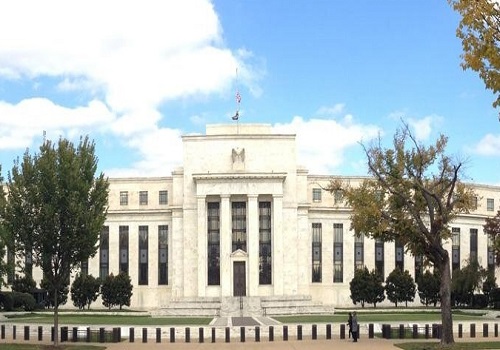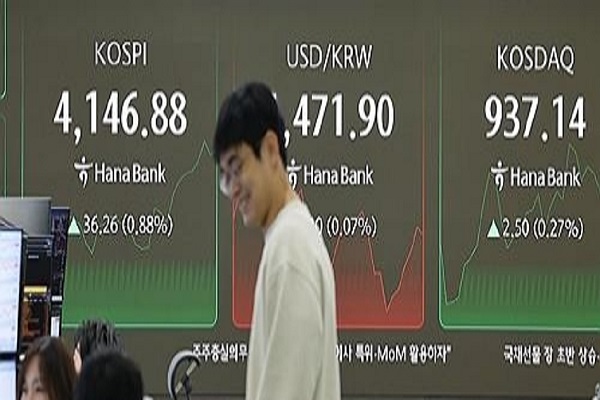Quote on Fed Policy by Dr. Manoranjan Sharma, Chief Economist, Infomerics Valuation and Ratings Ltd

Below the Quote on Fed Policy by Dr. Manoranjan Sharma, Chief Economist, Infomerics Valuation and Ratings Ltd
Fed’s October 2025 Policy: A Balancing Act Between Growth and Inflation
Dr. Manoranjan Sharma, Chief Economist, Infomerics Ratings
The U.S. Federal Reserve reduced its policy rate by 25 basis points in October 2025, citing softening labour-market conditions, increased uncertainty, and weakening growth indicators, despite inflation exceeding the 2% target. This marks the second rate cut of 2025, following a similar move in September.
The Fed’s statement showed caution: it acknowledged rising risks to growth and employment but emphasized that further cuts are not guaranteed. The decision was also affected by data disruptions from the recent U.S. government shutdown and tight liquidity conditions in financial markets. Additionally, the Fed announced that it would end quantitative tightening (QT), ceasing the reduction of its balance sheet from December 2025, signalling its intent to stabilise liquidity.
Markets reacted with mixed signals. While the rate cut generally lowers short-term borrowing costs, potentially easing mortgages and business loans, the Fed’s cautious tone dampened expectations of aggressive easing. Interestingly, 10-year U.S. Treasury yields increased, reflecting investor unease over data reliability and policy uncertainty.
From a macro perspective, the rate cut aims to bolster economic activity and employment, though it also raises inflation risks. Ending QT should improve liquidity and support risk assets such as equities and corporate credit, though there is a possibility of market mispricing.
Global Spillovers
Globally, easier U.S. monetary conditions could spur capital flows into emerging markets in search of higher returns, supporting emerging-market currencies and reducing external debt-servicing burdens. Commodity exporters may also benefit from stronger global demand, though a renewed rise in commodity prices could rekindle inflation pressures. Reflecting monetary linkage, Gulf central banks, including Saudi Arabia, the UAE, and Qatar, also cut policy rates by 25 bps.
Implications for India
For India, the move was largely anticipated, but it should improve market sentiment, especially for financials and consumption-driven sectors. Softer U.S. yields make Indian assets more attractive to foreign institutional investors (FIIs), potentially boosting equity and debt inflows. The Fed’s easing also reduces external headwinds, giving the RBI greater flexibility to pause or fine-tune its policy stance.
A milder U.S. dollar could support the rupee, ease external borrowing costs, and reduce debt-servicing pressures. However, if global inflation revives, especially through commodity channels, India may face imported inflation risks, which would limit policy room.
Outlook
Looking ahead, a December rate cut is not guaranteed. The Fed has reiterated that “incoming data, the evolving outlook, and the balance of risks” will guide its decisions. The coming months may see a synchronised global policy adjustment. Still, emerging markets, including India, will need to navigate domestic inflation, fiscal discipline, and structural reform imperatives amid shifting global dynamics.
Above views are of the author and not of the website kindly read disclaimer










More News

Quote on US tariff imposition and its impact on export-import dynamics and overall on Indian...













